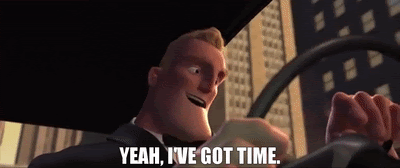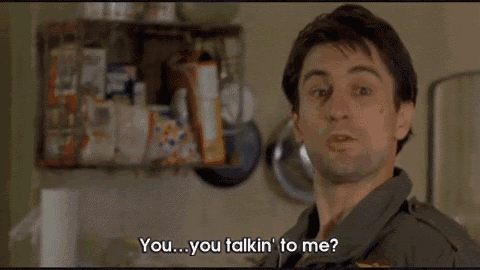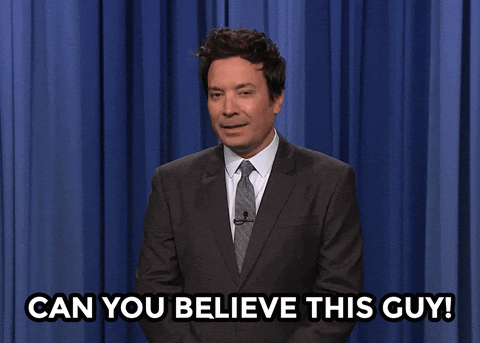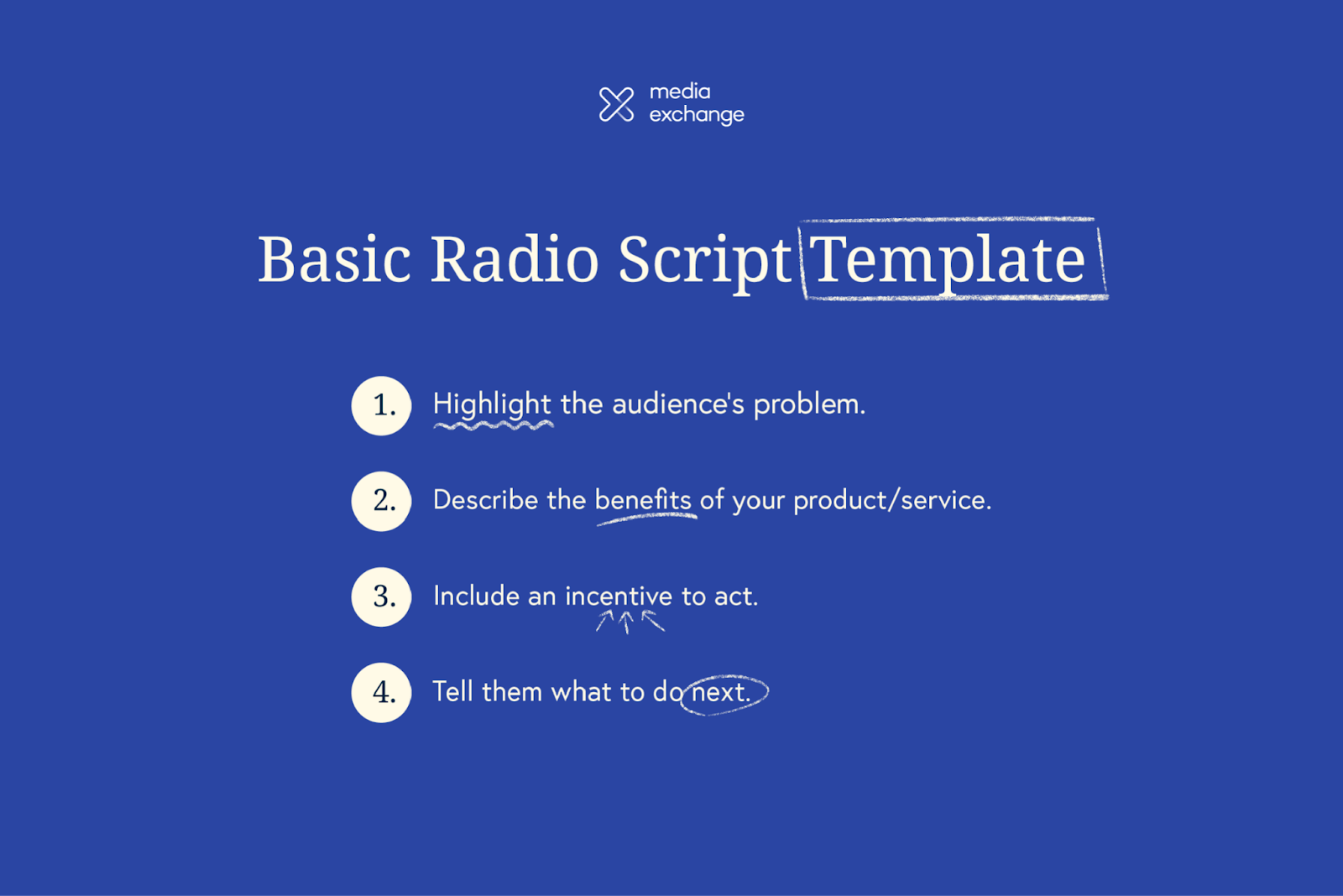POP QUIZ!
- What company is Frank Walker from?
- Finish the phrase: “Oh, what a feeling, ______!”
- Who can get you cooking again?
If any of these answers immediately sprang to your mind, it may be in part because of the power of radio advertising. You might think that radio doesn’t lend itself to heaps of creativity because of how little you can work with — “it’s all only voices!”
But this stripped back element is what makes a radio ad so special, and can make it the most memorable. If you want to reach a mass target audience in a unique and compelling way, without spending your entire marketing budget, radio advertising might be your best go!
But how do you get that creativity to shine through? It all starts with your radio ad script.
Before you even start drafting
Ok yeah, there is one major thing to talk about first: before you get those creative juices flowing into your radio script, make sure you get an idea of your budget. It might sound obvious, but a lot of people can misstep by going straight to the drafting and creative phase without understanding how much money their vision may cost them. For more information, check out our blog on how much radio advertising costs.
Settled on that? Now we can start having some fun — let’s look at how to write a radio script.

Know your time limit
You only have a certain amount of time to make your point when you’re advertising on radio, with different ad spots affording you different lengths to speak. Longer spots naturally cost advertisers a bit more, so your budget will also play a big role here.
In terms of crafting the script itself, the length of time you have will determine how many words and syllables you can get away with in your ad. Our general guidelines for the word count of different radio ad lengths is:
- 5 seconds: 12 words
- 10 seconds: 25 words
- 15 seconds: 30-40 words
- 30 seconds: 80-90 words
Remember, every single thing that will be said in the ad needs to be written as a full word. This includes writing out phone numbers (yes, each number is an individual word), as well as website URLs. If you have a jingle, make sure to account for the time it will take to play at the top or tail of the ad, which eats into the time you have for speaking.
Importantly, try not to over-write your ad. Many advertisers try to pack in way too much and it clutters the flow, distracts from the message, and will usually lead to minimal return. Instead of thinking about how you can fit as much as possible in your ad, think instead about how few words you can use to still clearly get your message across. This exercise will get you on the right track to a message that is concise, memorable and easy to act on.
Sharpen your message
Crafting your radio ad scripts can be a daunting task, particularly if it’s your first time trying to delve into it. But to help you get started, our scripting techniques and questions will help guide your core message:

Who are you talking to?
The backbone of any ad campaign — whether on radio, TV, social media, or anywhere else — is your audience. It’s important to have a firm idea of the type of consumer you want to hit with your message. Try and be as specific as you can when picturing them; consider their demographic information as well as their interests. Understanding this will help you get inside the minds of your target audience, know what will appeal to them, and make sure it’s included in your ad.

What’s their issue, and how can you solve it?
Your radio commercial should be hitting a need your audience has, and showing how you can help. This can take the form of a product or service, but it’s more powerful to hit the emotional needs that lie underneath, like a need for convenience, comfort, sustenance or peace. What does your product do to give that to them?
No no, don’t tell me — tell them!

Why should they believe you?
I’m not trying to question your credentials; I know you’re great! But to many listeners, you’re just a voice on the radio, and you need to prove they can trust what you’re telling them. Using stats, awards and testimonials can be helpful, but it also pays not to condescend or talk down to them. Explain how your product or service works and they should be able to see the benefits for themselves!
Craft a compelling call to action
Your radio ad is like Peter Pan: it’s nothing without a hook.
(Forgive me, I’ve been waiting to hit that joke.)

Genuinely though, the end of your ad needs to tell your audience what you want them to do, like sign up online, come in-store or give you a call. The call to action is what bookends the message and gives listeners a pathway from hearing to deciding to acting. If you’ve hit the right notes with your audience and matched them well with your offer, the hook will make it impossible for them not to act.
If you forget to add a call to action, or it simply isn’t strong enough, your audience will forget you much quicker and will be far less likely to take action.
Think of it like this: listening to an entire radio ad that is creative and intelligent and compelling but doesn’t end with a call to action would be like watching a Fast and the Furious film without hearing Dom say ‘family’.
Completely and utterly unfulfilling.

Have fun with it!
Once you’ve identified the right message to go with for your audience, and how you can hook them in, you can start thinking about creative delivery. Effectively, it’s about how you can deliver the message you’ve decided in a unique way, potentially with different voices, characters and sound effects.
Don’t be afraid of letting your imagination run a bit wild — sometimes to get to the best ideas, you have to talk through some… not great ideas. But that’s ok! It’s all part of the process, and if you’re letting your brain imagine different creative visions and scenarios, eventually you’ll hit. Collaborate with those around you, flesh out ideas and don’t forget to enjoy it — this is the most fun aspect of the process.

Radio ad script template
At its most stripped back, your radio script format should be something like this:
- Highlight the audience’s problem.
- Describe the benefits of your product/service.
- Include an incentive to act.
- Tell them what to do next.
While this is a useful template to begin crafting your script, the best radio ads always extend this into creative areas by telling stories, including testimonials or adding characters. To make the best radio commercial for your brand, you should look to do something unique with these steps — this will help you capture your audience.
Need some help?
Don’t be disheartened if the process is a bit more overwhelming than you anticipated — radio is a big beast to conquer. Thankfully, we know how you can.
With years of experience in the radio industry, plenty of ad spots delivered, and a host of satisfied clients, we’re well equipped to help you add radio advertising to your marketing strategy. Lean on us for creative inspiration and access the best network connections in town. To kickstart your brand on radio, we’re better together.

